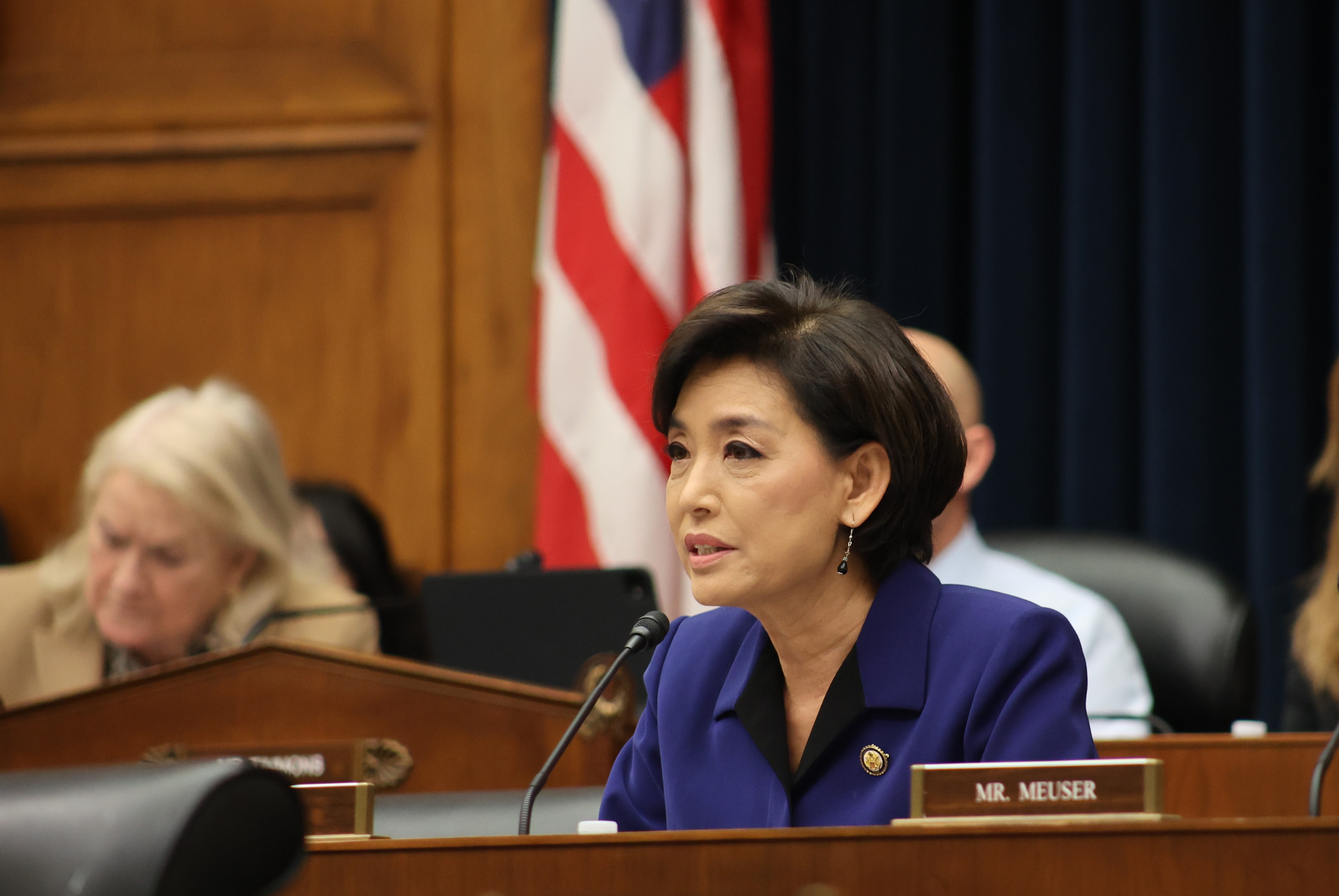Community colleges can help play a role in solving the current labor shortage for small businesses. But the institutions need more from lawmakers in order to maximize their impact, as witnesses explained during a House subcommittee hearing held Thursday.
“We are probably one of the most unsung secrets in higher education, and our connection with small businesses has never been more important,” said Anne Kress, president of Northern Virginia Community College.
According to the National Federation of Independent Business, 51 percent of small businesses in the United States currently have unfilled job openings. In September, 67 percent of small businesses were trying to hire workers, but 92 percent said they had few or no applicants who were qualified for the positions they were trying to fill, said Representative Young Kim, a Republican from California.
At the same time, many of those who are currently employed are looking to gain new skills and switch careers — since the beginning of the COVID-19 pandemic, nearly a third of workers under age 40 have considered changing their occupation or field, said Representative Jason Crow, a Democrat from Colorado.
“While the majority of employers are facing a talent shortage, training programs can address this crisis by preparing a pipeline of workers that have the academic, technical and employability skills necessary to succeed in the workplace,” Kim said. “Community colleges play a vital, vital role in supporting their local workforce and regional economy by facilitating workforce development activities.”
Joe Garcia, chancellor of the Colorado Community College System, outlined the ways the colleges he oversees have helped workers reskill or upskill over the past year, including by working with industry partners to develop curricula and short-term programs that allow individuals to quickly shift into new roles; providing corporate training and noncredit offerings for lower-cost, shorter programs; supporting apprenticeship programs in nontraditional sectors like information technology, financial services and health care; and allowing students to earn postsecondary education credit from past work experience through prior learning assessments.
But the workforce development that community colleges provide can still be inaccessible for some students, given that students in short-term and noncredit programs are typically ineligible for federal financial aid, noted Garcia. And the programs with the most demand — like IT, health care and advanced manufacturing — are the ones that are the most expensive to develop, use more expensive equipment and require higher-paid instructors, he added.
“Financial aid adaptations, like short-term Pell, could dramatically increase enrollment specifically for low-income, marginalized adult students who are most in need of training,” Garcia said, adding, “in order to maintain our roles as leading providers of workforce training and maintain affordability for students, it is critical that we make meaningful investments in career and technical education infrastructure at our colleges.”
Bipartisan legislation was introduced in both chambers of Congress earlier this year that would expand eligibility for Pell Grants to students in job training programs as short as eight weeks — currently, the grants for low- and moderate-income students can only be applied to programs that are over 600 clock hours or at least 15 weeks long. A provision based on the legislation was almost included in a United States innovation and competitiveness bill passed by the Senate in June, but it was ultimately excluded based on opposition to a package of dozens of amendments — including that one — by Senator Rand Paul, a Republican from Kentucky, because of his opposition to government programs.
Congress still has the opportunity to provide other support this year for community college workforce training programs through the Build Back Better Act, which is currently being debated by Democrats. The latest version of that legislation dedicates $20 billion to workforce development, including $4.6 billion for industry partnership grants and funding for adult education and career and technical education. And while not directly related to higher education, the bill would also provide universal prekindergarten and childcare, which would help students with caretaking responsibilities attend classes.
“That is a common complaint we hear from our students — they want to get an education, but they just can’t do it without affordable childcare,” Garcia said, with Kress adding that it would be “transformational” for community college students to have access to childcare.
Further investments could also be made through the annual appropriations process. House appropriators have proposed an investment of $100 million to expand the Strengthening Community College Training Grants program, which builds the capacity of the institutions to collaborate with employers and meet local workforce needs.
“We have to do everything we can to support workers making a transition, and what has become so obvious over time and again in this hearing is that the community college system is going to be fundamental in actually accomplishing that,” Crow said. “I’m going to continue to work with members of the committee to pursue the avenues and ideas we heard about today, because our economy will demand it, our families will demand it, our constituents will demand it and they all deserve it.”




